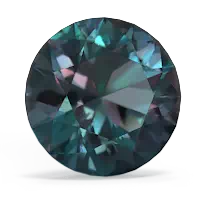


Although a relatively new gem, alexandrite is said to bring pleasure and love. Wear a created alexandrite pendant to attract the man of your dreams. Wearing an aquamarine is said to help couples smooth out their differences and reawaken their love for each other making an aquamarine pendant the perfect anniversary present. A perfect stone for nighttime wear, a black onyx pendant looks elegant and stylish in white or yellow gold.